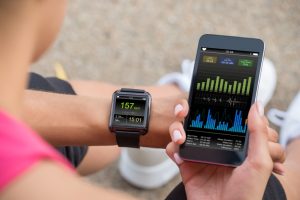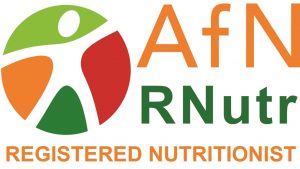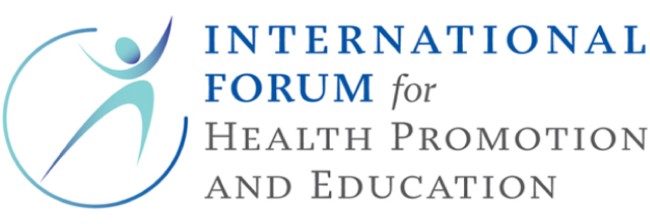
The health benefits of running are varied and far-reaching. Running has been proven to reduce your risk of heart disease, stroke and type 2 diabetes. It can also reduce stress, tension and anxiety, increase energy levels and help you to enjoy a better nights sleep.
But when it comes to business travel the key benefit of choosing running over other types of exercise is it’s both quick and easy to get going and equipment free. Aside from a good pair of running shoes and a training bra for female runners you can wear what you like.
Here’s a selection of running sessions you can try on your business trip:
Interval sessions
Interval sessions will help you run further and faster. An interval session involves periods of faster running interspersed with periods of jogging. Interval sessions can be time or distance based. Here are some examples for a 5-mile run:
1 Mile jog, then 3 x 1 Mile fast, with 0.25 Mile jog recoveries, 1 Mile jog.
1 Mile jog, then 12 x 200 metres fast, with 200-metre jog recoveries, then 1 Mile jog.
1 Mile jog, then 8 x 400 metres fast, with 200-metre jog recoveries, then 1 Mile jog.
Fartlek Session
The varying paces of a fartlek session can be great fun especially if run with a colleague taking turns to choose the pace or distance. Fartlek which means ‘speed play’ in Swedish involves varying your pace throughout your run and is less structured than interval training.
Hill training
 Hill training can be mentally as well as physically challenging; it’s also quite technical. As you start uphill, shorten your stride and aim for equal effort not pace. Keep moving your arms and your legs will have to follow! On the way down shorten and quicken your stride and try to avoid heel striking which will slow you down. Focus ahead rather than looking down and resist the temptation to lean backwards.
Hill training can be mentally as well as physically challenging; it’s also quite technical. As you start uphill, shorten your stride and aim for equal effort not pace. Keep moving your arms and your legs will have to follow! On the way down shorten and quicken your stride and try to avoid heel striking which will slow you down. Focus ahead rather than looking down and resist the temptation to lean backwards.
Long runs
Long runs are ideal if you’re on an extended business trip and have time to spare at the weekends. Long runs are excellent to build endurance and you can focus on either distance or time on feet. So instead of planning to run for 10 miles, plan to run for 90 minutes or longer.
It’s important to take time to warm up and cool down at either end of your run. A warm-up prepares both the body and mind for action. Start with a brisk walk or light jog and don’t forget to mobilise your shoulders too. The cooldown at the end of your workout is to reduce your heart rate and body temperature. Some simple stretching will help increase flexibility and lower the risk of injury.
Finally when it comes to running, listen to your body and vary your runs according to your fitness level and the time you have available whilst you’re travelling for business. If you’re in pain whilst you run, then stop running! Make an appointment to see a local sports therapist or physiotherapist.
© Executive Travel Vitality 2018




























